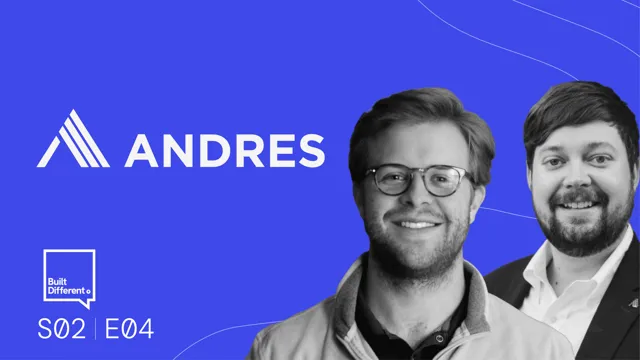Watch the session:
Download the slides:
Evan Reilly
|
23
MIN
How to Empower Early Tech Adopters in Construction
In the fifth episode of Built Different season two, co-hosts Grant Hagen and Brian Vizarreta sit down with Evan Reilly, Senior Tech Strategist at Skanska, a multinational construction company based in Stockholm, Sweden since 1887.Evan gives a detailed look at the impact 360 walkthroughs have had on construction, and delivers tips on how to truly empower early adopters of new tech.


